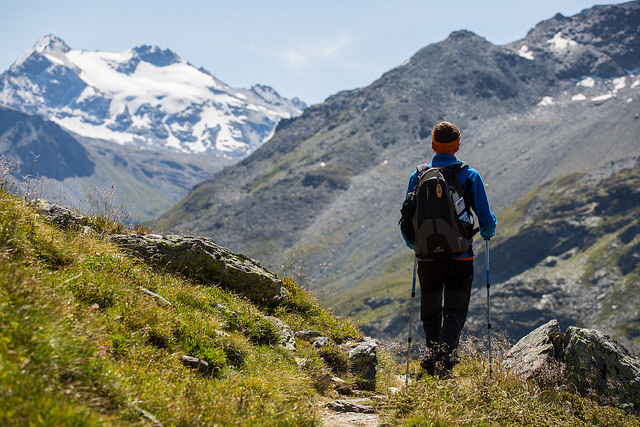Preparing for the West Coast Trail

In mid August, I’ll be heading out to tackle the West Coast Trail (WCT). The WCT is 75 km in the Pacific Rim National Park on the west coast of Vancouver Island. It’s a trail that features lush rainforests, campsites along the beach and picturesque pacific ocean scenery. However, it’s also known for the rigors of wet and muddy terrain, crossing streams and rivers, and over 70 ladders, some over 100 feet in height. Preparation is key! Proper planning and training will help to decrease the chances of injuries, improve your strength and conditioning, and make the whole experience more enjoyable. Here are some tips that I’ve come across. These are all things that can be applied for any multi-day hike.
Pack smart
Try to limit your total pack weight to 30% of your body weight or less. Pack your heaviest items in the middle of bag close to your back. The lighter items should go on the bottom and your medium weight items at the top. Minimize attaching things to the outside of your bag to lessen swaying your bag when walking. Adjust your straps so that 2/3rds of weight sits on your hips. Take the trouble of lifting your bag onto a higher surface before putting it on your back.
Break in your gear
Although your hiking shoes should be comfortable right out of the box, it is imperative to wear them in. Apart from discovering friction points for your foot and ankle, your knees, hips and low back will adjust to how it affects your gait. Practice using your gear as well to save yourself some hassle on the trail and to know if you need to bring spare parts or a repair kit should it stop working.
Practice hikes
Consider how many hours a day you’ll be hiking for, what type of terrain, what sort of climate or weather. Then try to find trails accessible to you that match that. While there are plenty to choo se from in the Vancouver area, try stair climbing or walking through the woods if hiking trails are less accessible where you live.
Core and leg strengthening
Apart from getting out and hiking, cross train by doing core and leg strength exercises. Here are some examples.
If doing any of these exercises causes you pain, it could be warning sign of potential weak points that may lead to injury. Talk to your physiotherapist for an assessment to identify any biomechanical faults.
Now get out there and enjoy the great outdoors! Happy trails!
Byron Chan, BScPT, GIMS, CAFCI

About twice a month our therapists will be posting answers to commonly asked questions. So, if you have a burning question that you want answered let us know in the comments below.
We can cover anything ranging from active rehabilitation, to injury prevention.
This week our featured therapist is Byron Chan. To learn more about Byron check out our PhysioWorks team.


Leave a Reply